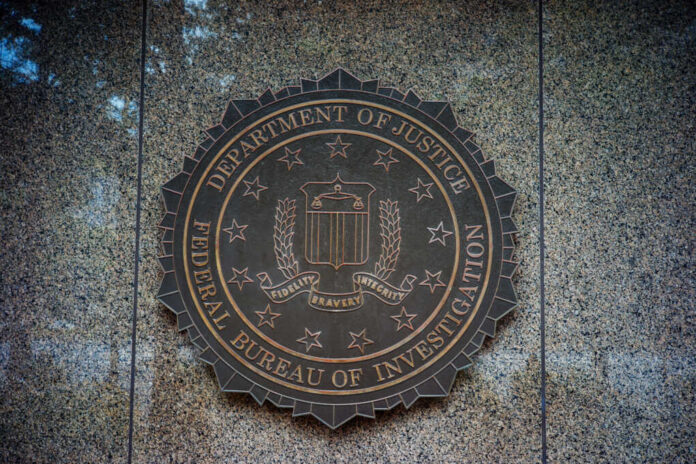
The FBI plans to release surveillance video it claims proves Jeffrey Epstein died by suicide, but the footage’s limitations and a trail of suspicious prison failures continue to stoke widespread public skepticism.
At a Glance
- FBI to release video showing Jeffrey Epstein as the only person entering or exiting his cell
- Footage does not include the actual moment of death and is reportedly low quality
- DOJ report cites “serious failures” by prison staff and non-functional security systems
- Epstein was left alone with excessive bed linens and no active suicide watch
- Despite multiple coincidences, no officials have faced serious consequences
Inconvenient Optics, Unconvincing Answers
Nearly five years after Jeffrey Epstein’s death in federal custody, the FBI claims it is ready to debunk all remaining conspiracy theories. Deputy Director Dan Bongino announced plans to release surveillance footage purportedly showing Epstein alone in his cell before his death — a move aimed at affirming the official conclusion of suicide.
The video, described as grainy and incomplete, allegedly depicts Epstein making phone calls and interacting with guards during a 12-hour window. Bongino admitted it “isn’t the greatest video in the world,” but said both enhanced and original versions will be made public to dispel concerns about editing or manipulation.
Watch a report: FBI to Release Epstein Cell Video.
Critics argue that the footage falls short of providing closure, especially since it does not capture the alleged suicide itself. Many remain unconvinced that this evidence — coming years after the incident — can neutralize the mountain of unresolved questions.
Failures Stack Up, Accountability Lags
The Department of Justice’s own Office of Inspector General report details a cascade of failures in Epstein’s final hours. Cameras were malfunctioning, guards falsified records of required cell checks, and Epstein was inexplicably removed from suicide watch — despite a previous attempt on his life. He was also left unsupervised with an abundance of bed linens.
Two prison staffers were briefly charged with dereliction but later avoided prosecution through deferred agreements. No high-level personnel have been disciplined, and systemic reforms have yet to be meaningfully implemented.
Bongino insists there is “no DNA, no suspects, no accomplices, no tips,” emphasizing the absence of forensic evidence suggesting homicide. However, the sheer number of institutional lapses — from security breakdowns to administrative neglect — continues to erode public trust.
The Unanswered Questions
What makes the Epstein case especially incendiary is the gravity of his connections. The late financier was awaiting trial for trafficking underage girls to some of the world’s most powerful men. His close ties to politicians, royals, and billionaires have made the lack of transparency particularly troubling. His client list remains sealed. His co-conspirator, Ghislaine Maxwell, was convicted — yet no clients were ever named or charged.
The federal government’s rush to conclude the case as a simple suicide — despite a trail of improbable coincidences — only fuels speculation. The FBI’s video may reinforce the narrative of solitary death, but it doesn’t explain why so many fail-safes failed simultaneously, or why so many questions about Epstein’s powerful connections remain unanswered.
For the public, the issue is not just whether Epstein acted alone. It’s whether the institutions tasked with truth and justice are still willing — or even able — to hold the elite accountable.





























